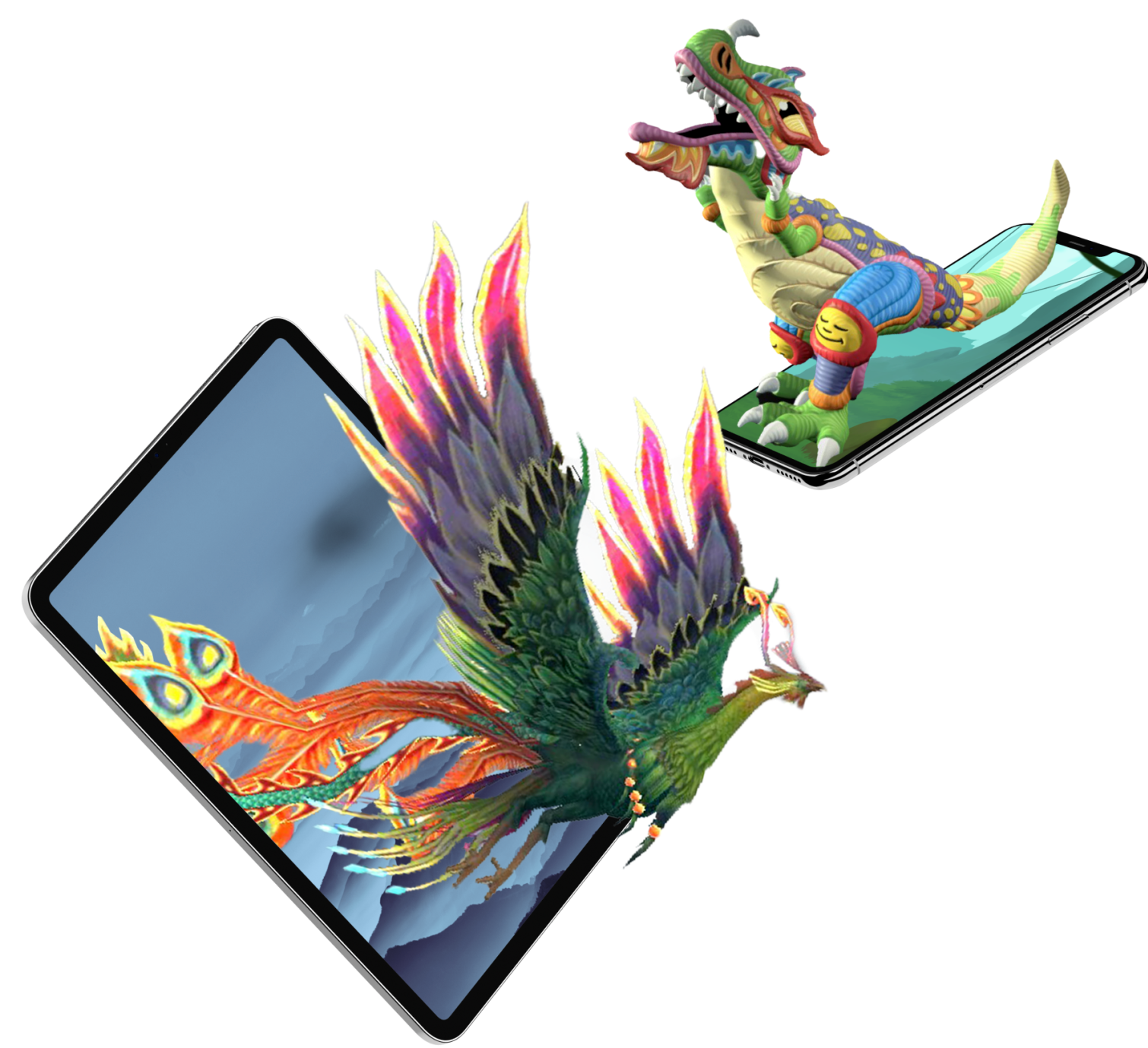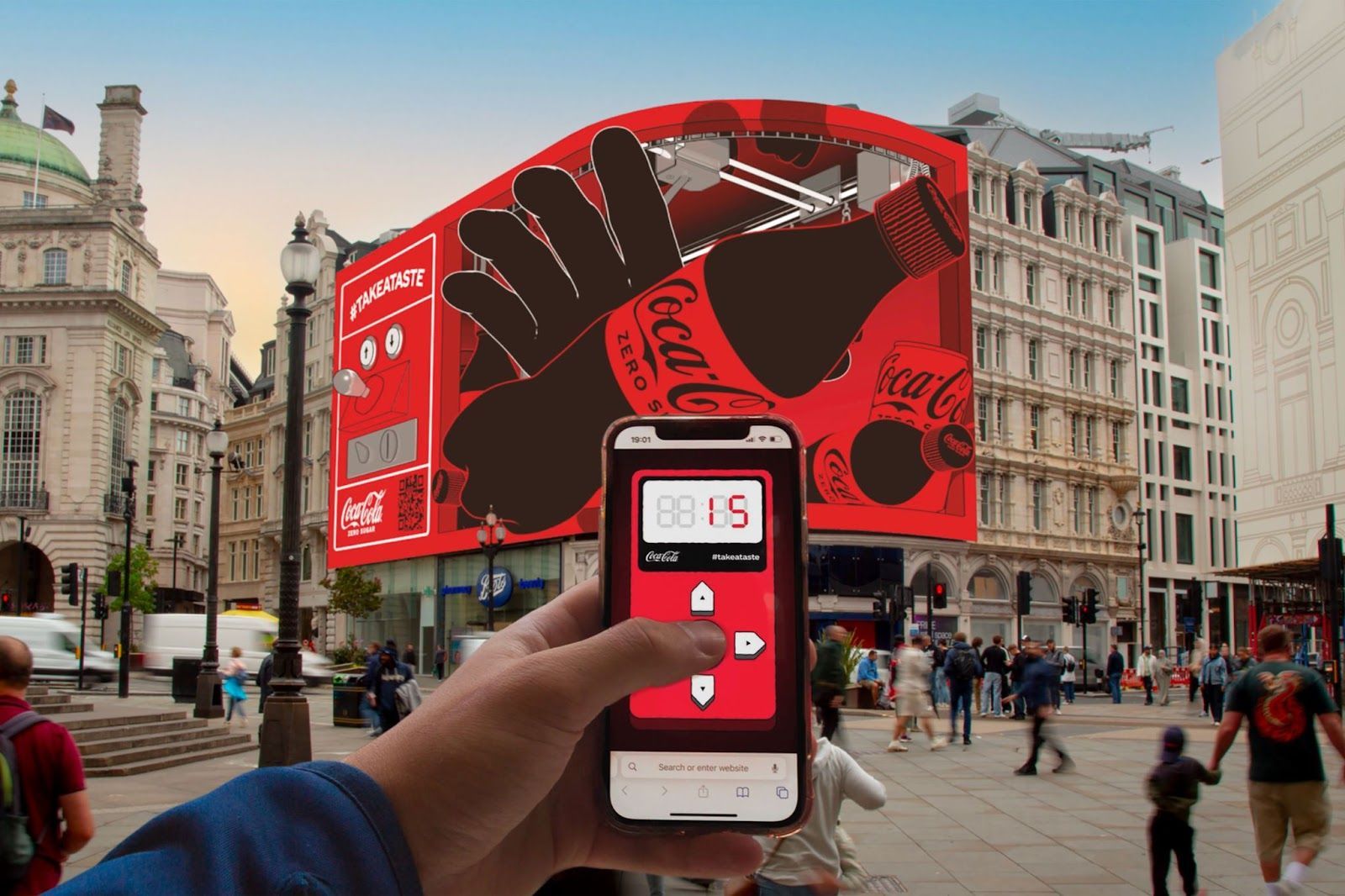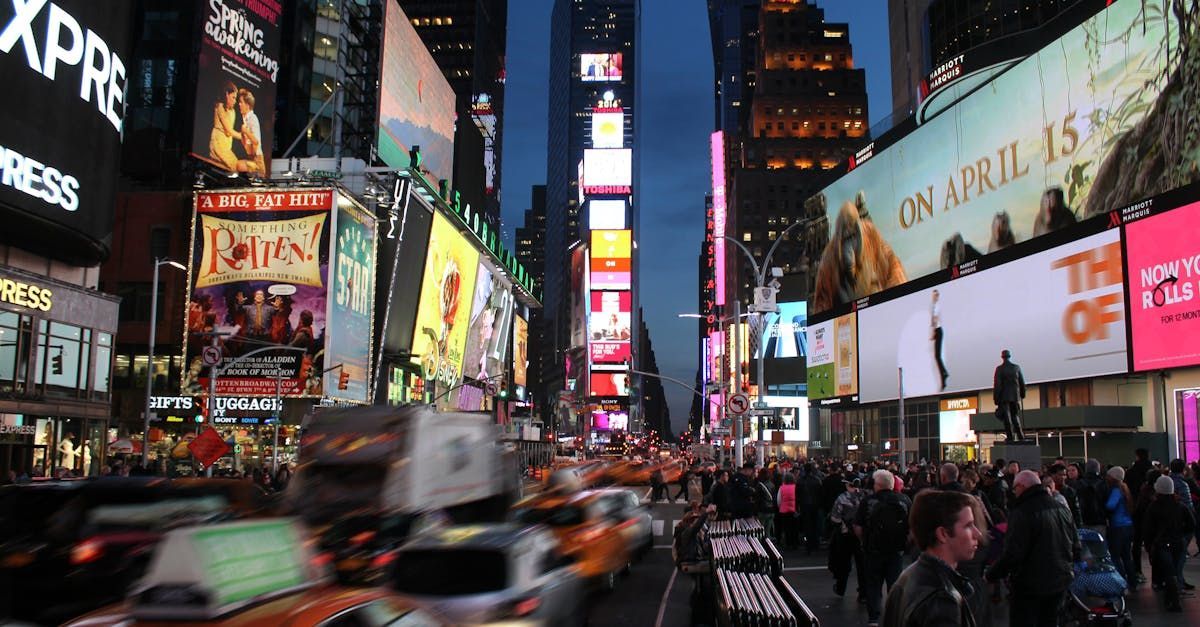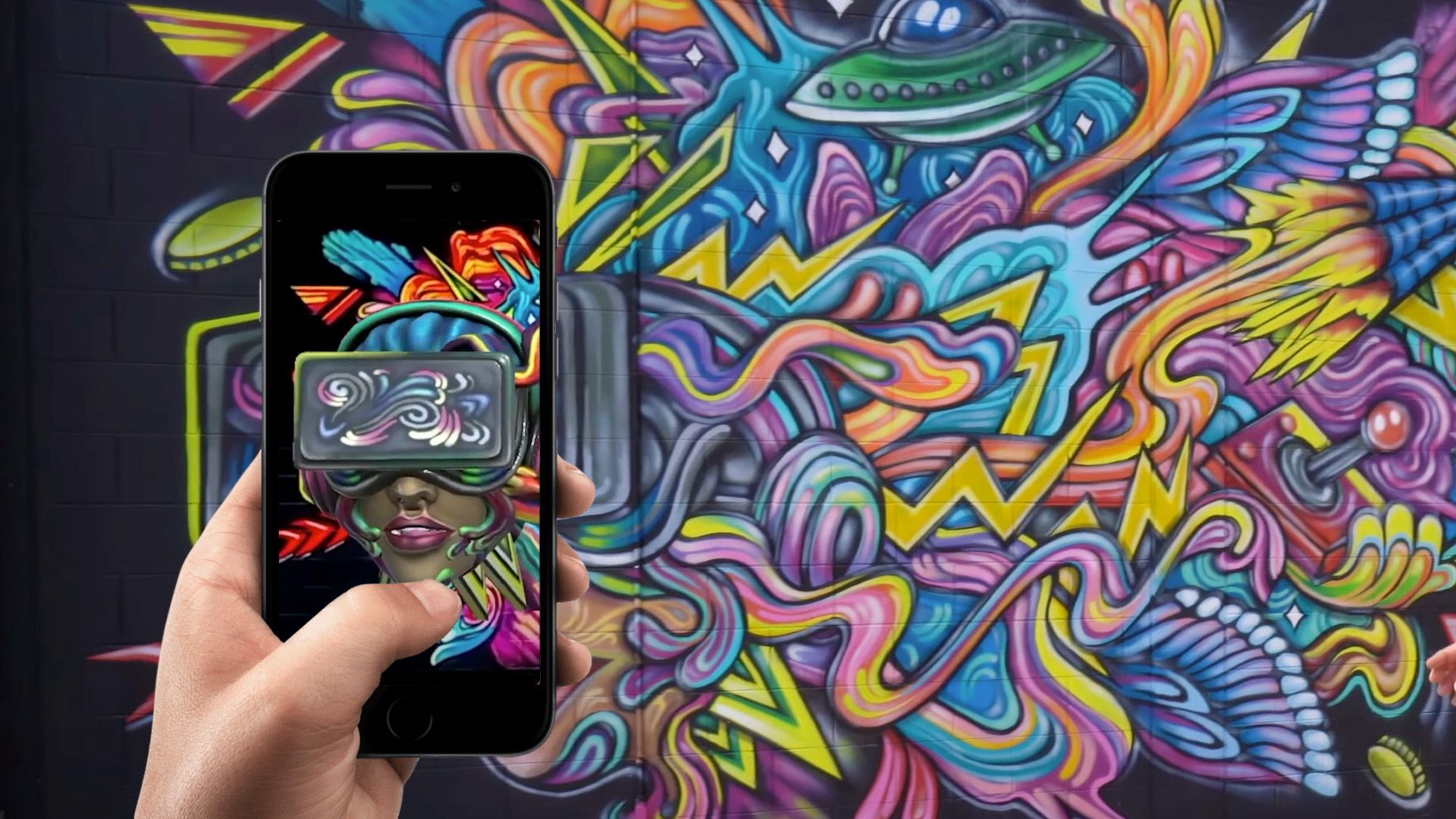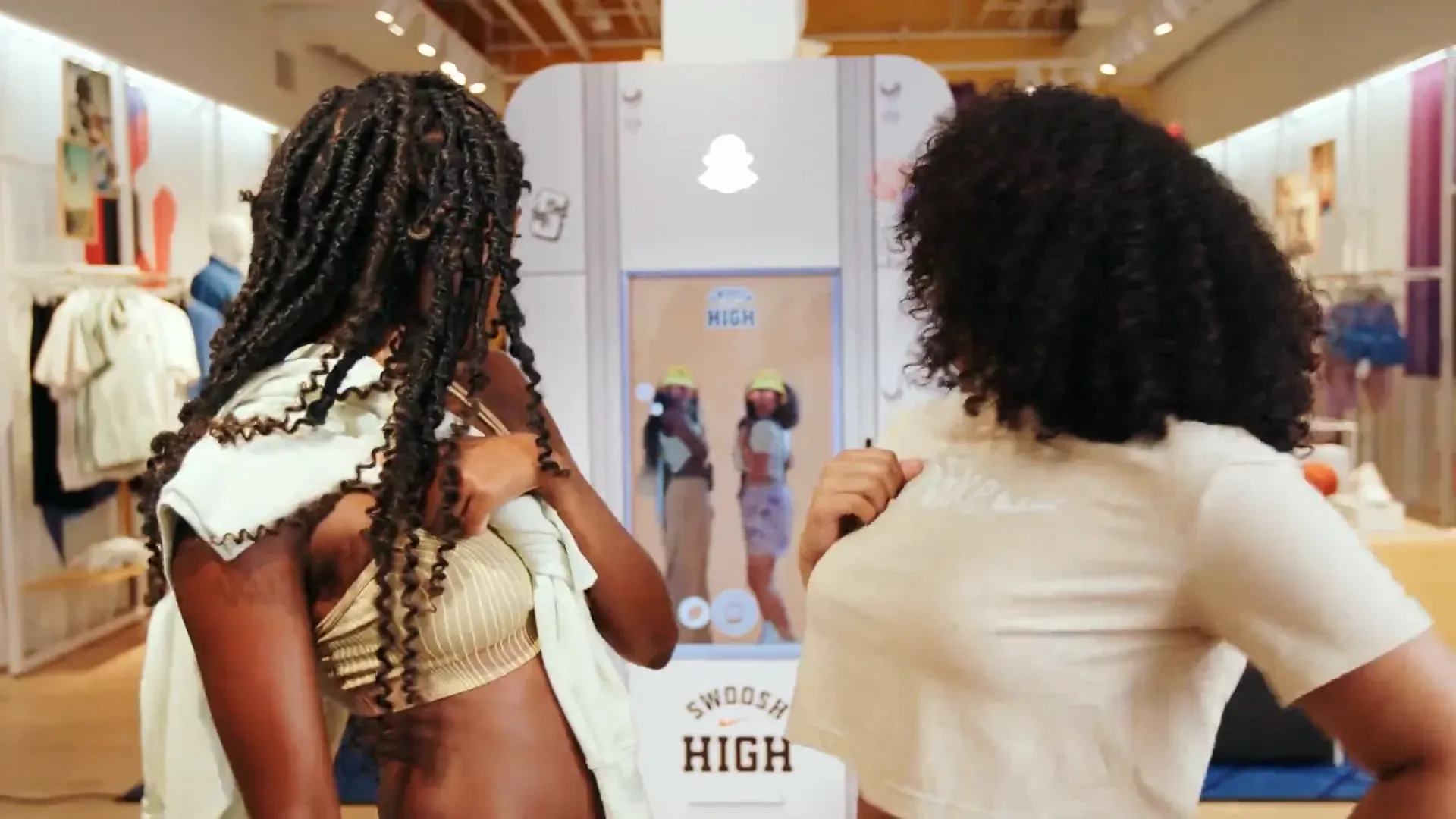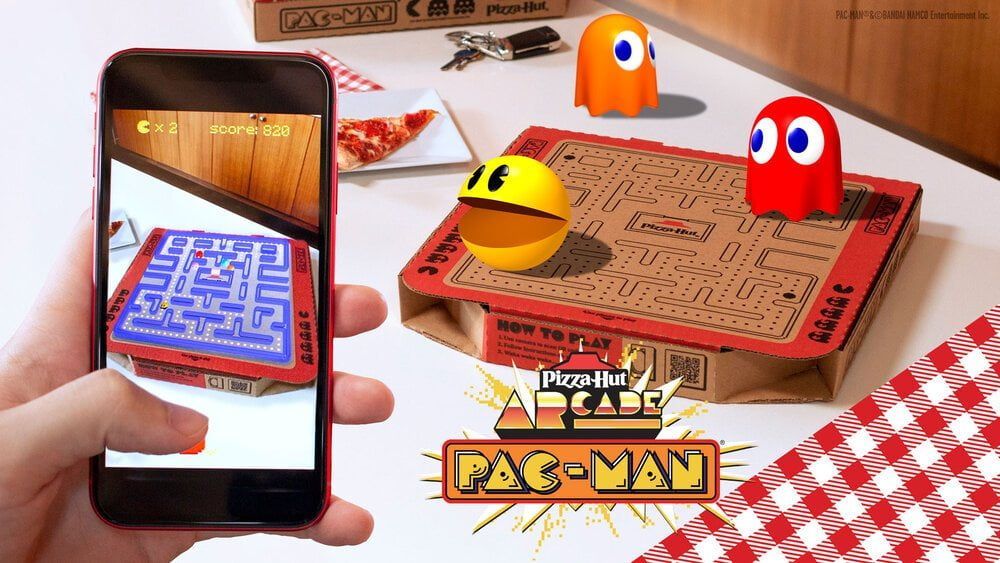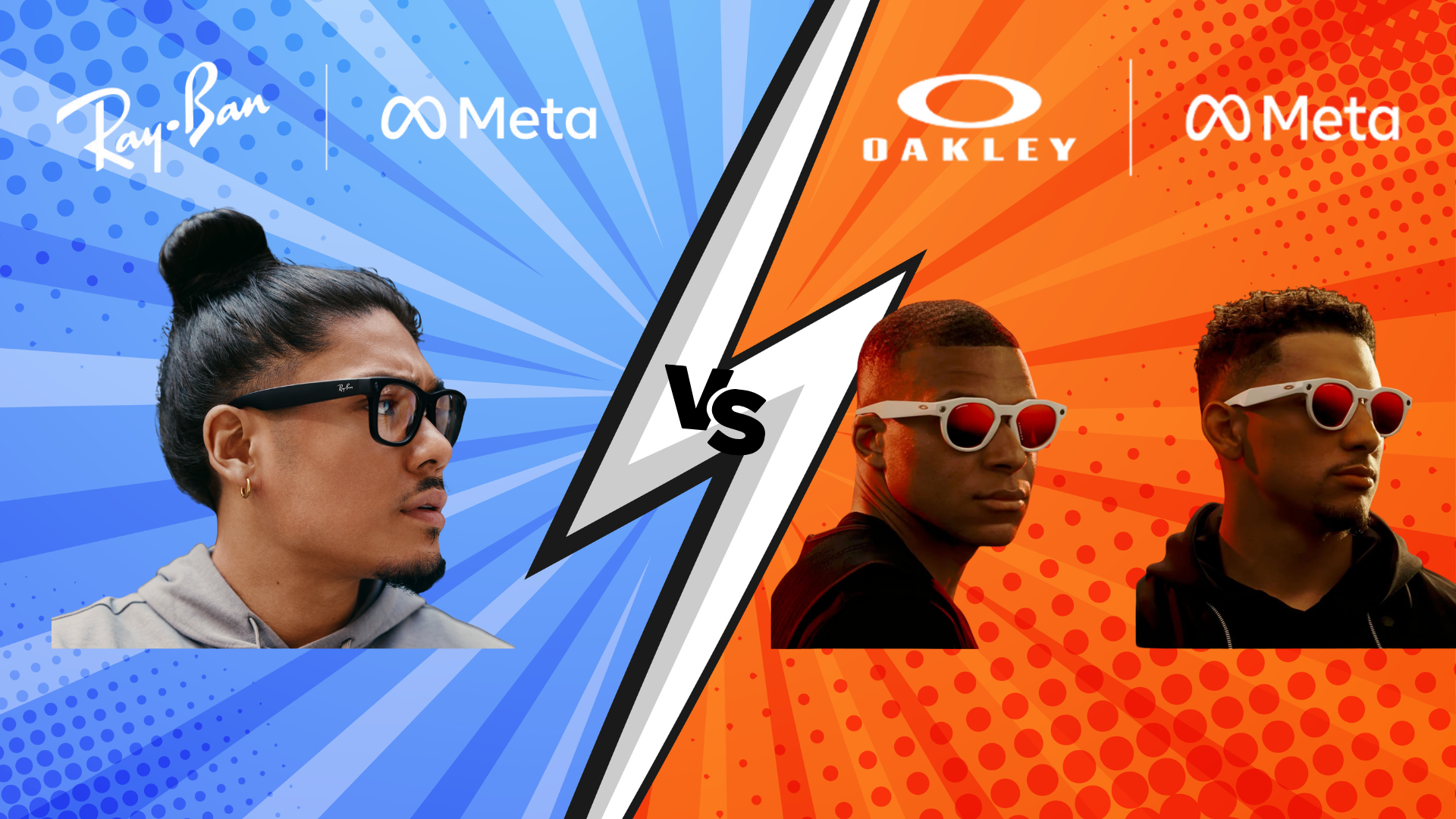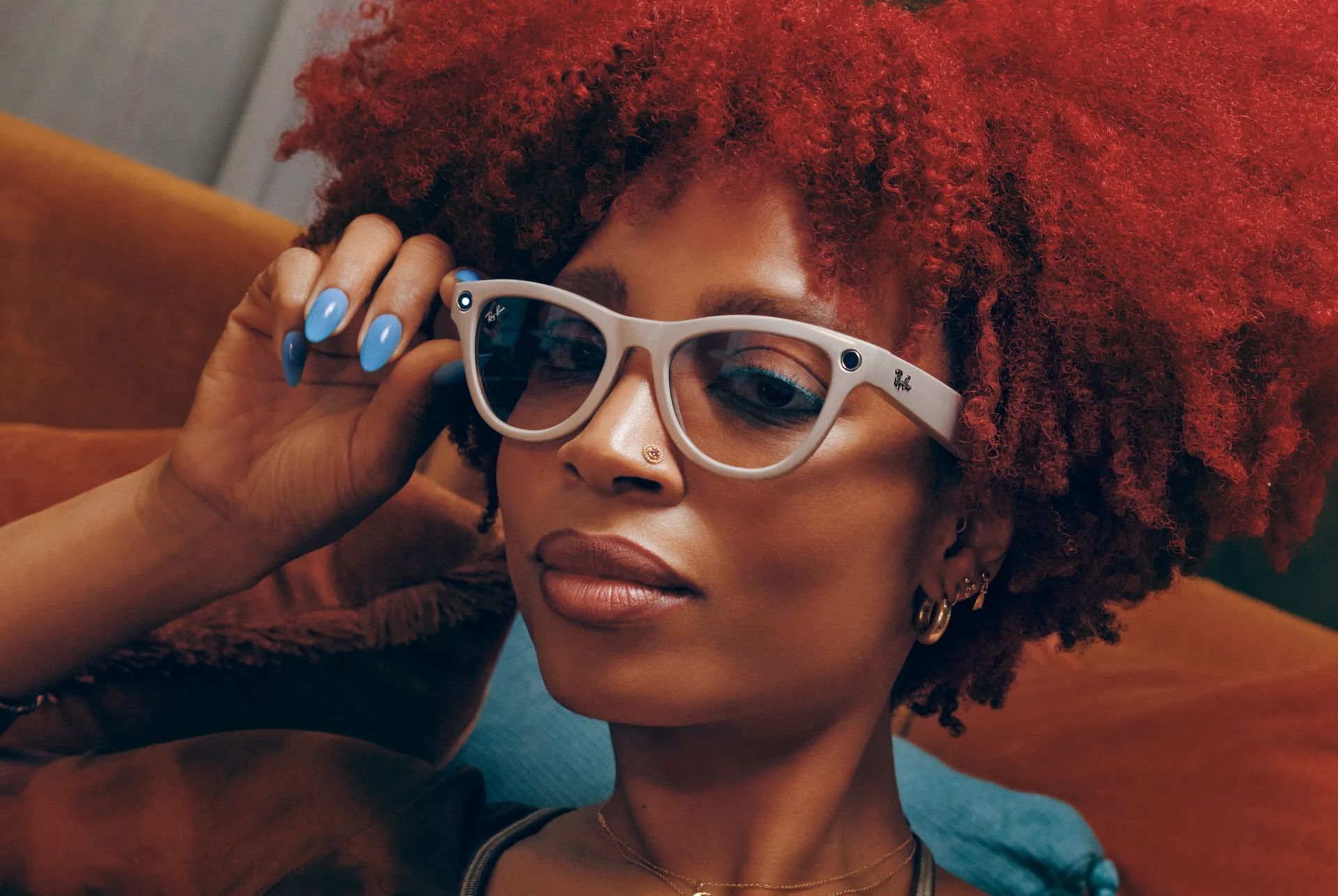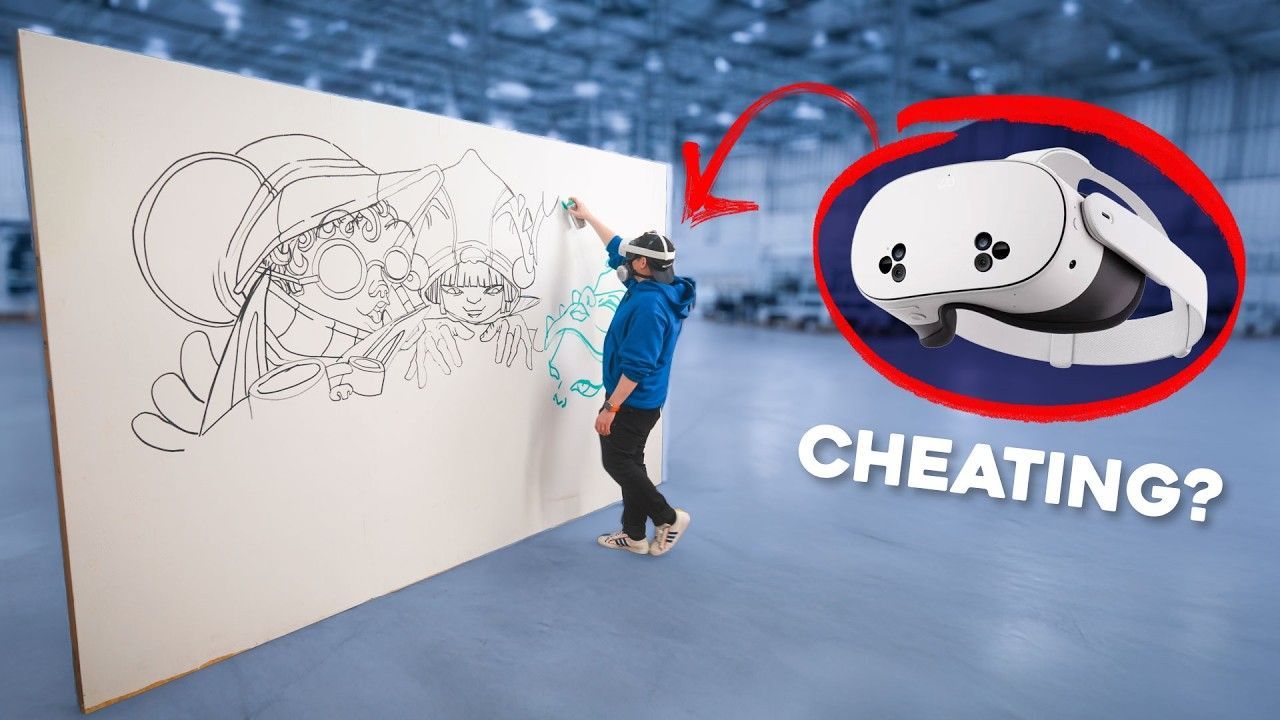Virtually Try-On Shoes: AR and 3D Experiences for Footwear Brands
This article explores how leading footwear brands like Nike, Adidas, Puma, New Balance, and Gucci leverage AR and 3D experiences to stay ahead. These footwear innovations build upon broader fashion retail AR implementations and mirror successful strategies documented in our beauty industry AR research. For comprehensive market intelligence, our 2025 Augmented Reality in Retail & E-Commerce Research Report provides cross-industry benchmarks and ROI metrics that inform footwear AR strategy development.
In the competitive world of footwear, brands are constantly seeking innovative ways to engage customers and enhance their shopping experience. Augmented Reality (AR) and 3D technology transform how consumers interact with products, providing immersive experiences that drive sales and customer satisfaction. This article explores how leading footwear brands like Nike, Adidas, Puma, New Balance, and Gucci leverage AR and 3D experiences to stay ahead.
The Rise of AR and 3D Technology in Footwear
Footwear brands increasingly integrate AR and 3D technology into their marketing and sales strategies. These technologies offer a unique way to showcase products, allowing customers to visualize shoes in real-time, in-store or online. AR and 3D models enhance the online shopping experience, making it more interactive and engaging.
Nike: Pioneering AR Innovations
Nike has been at the forefront of adopting AR technology to enhance customer experiences. The brand's app features an AR-powered tool called Nike Fit, which scans the customer's feet using smartphone cameras to recommend the perfect shoe size. This innovation reduces the rate of returns due to sizing issues and provides a personalized shopping experience. Nike's approach demonstrates
AI-powered personalization at scale, where machine learning enhances customer experience. Consumer comfort with AR scanning technology, evidenced through
smart glasses adoption and
AR navigation usage, creates market readiness for sophisticated footwear AR applications.
Adidas: Enhancing Online Shopping with 3D Models
Adidas leverages 3D models to provide detailed views of their footwear. By incorporating 3D models on product pages, customers can examine shoes from every angle, zoom in on intricate details, and see how the shoes look in different environments. This immersive experience closely mimics the in-store shopping experience, increasing customer confidence in online purchases. The 3D visualization principles align with AI-enhanced immersive experiences, where intelligent rendering creates realistic product representations. For brands evaluating implementation, our ultimate guide to augmented reality advertising provides technical frameworks and ROI modeling for 3D product visualization strategies.
Augmented Reality: Bridging the Gap Between Online and Offline
AR technology is effectively bridging the gap between online and offline shopping experiences. Customers can use their smartphones to try on shoes virtually, visualize how they look with different outfits, and even see how the shoes appear in their real-life surroundings. This omnichannel approach reflects successful strategies across retail categories, as documented in our fashion AR retail transformation analysis. Brands can quantify the business impact of these integrated experiences using our AR advertising ROI calculator, which models how cross-channel AR implementations drive customer lifetime value improvements.
Puma: Virtual Try-Ons
Puma has integrated AR try-on experiences within their app, allowing users to see how different shoes look on their feet without visiting a store. This feature is particularly appealing to the younger, tech-savvy audience who prefer shopping online but still want the assurance of how the product looks and fits.
The ROI and Impact on Customer Engagement and Satisfaction
Business Impact and ROI Analysis
- Nike Fit: 64% reduction in returns, 73% confidence improvement
- Adidas 3D Models: 40% conversion increase, 25% higher order values
- Industry Average: 35-50% improvement in purchase intent
Integrating AR and 3D technology in footwear shopping has significantly increased customer engagement and satisfaction. By providing an interactive and personalized shopping experience, brands can create a stronger emotional connection with their customers. These engagement improvements drive generative AI in marketing applications, where customer behavior data informs personalized content creation and product recommendations. Understanding these data patterns also supports conversational AI implementations, where chatbots guide customers through AR try-on experiences and size consultations.
New Balance: Interactive Shopping Experience
New Balance uses AR technology to offer interactive shopping experiences. Customers can use QR codes to access AR content that provides information about the shoe’s features, materials, and benefits. This engages customers and educates them, leading to more informed purchasing decisions.
Enhancing Brick and Mortar Stores with AR
While online shopping experiences are greatly enhanced by AR and 3D technologies, brick-and-mortar stores also benefit. In-store AR experiences can attract customers, provide additional product information, and offer unique shopping experiences that differentiate the brand.
Gucci: In-Store AR Experiences
Gucci has implemented AR in its physical stores to create unique and immersive shopping experiences. Using AR mirrors, customers can try on different styles and colors of shoes virtually. This enhances the shopping experience and saves time, making the process more efficient and enjoyable.
The Role of QR Codes in AR Experiences
QR codes play a crucial role in delivering AR experiences to customers. By scanning a QR code, customers can instantly access AR content, making it easy for brands to integrate AR into their marketing strategies. This approach extends to creative installations through AR muralsand AR billboards, where footwear brands create immersive experiences that blend digital product trials with physical brand activations. These location-based AR campaigns drive both online engagement and retail foot traffic, as documented in our entertainment industry AR analysis.
StockX: Augmented Reality Product Information
StockX, a popular online marketplace for sneakers, uses QR codes to provide AR experiences. Customers can scan the codes to view 3D models of the shoes, learn about the product’s history, and see detailed information about the materials and design.
Increasing Customer Engagement and Satisfaction
AR and 3D experiences are proven to increase customer engagement and satisfaction. According to a report by BrandXR, AR experiences have 11 times better conversion rates and three times more engagement than traditional websites. Customers are also 44% more likely to add products to their cart after experiencing them in AR.
Real-Time Customization and Personalization
AR technology allows for real-time customization and personalization of products. Customers can customize their shoes' color, design, and features and see the changes instantly. This level of personalization enhances customer satisfaction and loyalty.
Implementation Strategy for Footwear Brands
Technology Requirements
- 3D Modeling: High-resolution foot scanning and shoe digitization
- AR Platforms: ARKit/ARCore integration for mobile experiences
- Backend Systems: Real-time rendering and size recommendation algorithms
- Analytics: Customer behavior tracking and conversion optimization
Implementation Timeline
- Phase 1 (Months 1-3): 3D asset creation and basic AR integration
- Phase 2 (Months 4-6): Advanced features like sizing and customization
- Phase 3 (Months 7-12): AI-powered recommendations and cross-platform deployment
Cost Considerations
- Initial development: $50K-$100K depending on complexity
- Ongoing maintenance: $10-30K annually
- Expected ROI: 200-400% within 12 months based on conversion improvements
Future of AR in Footwear Retail
Emerging Technologies
- AI-Powered Personalization: Machine learning algorithms that adapt to individual foot characteristics
- Haptic Feedback: Touch-sensitive AR experiences that simulate material textures
- Social AR Shopping: Group try-on sessions and social media integration
Market Predictions
- 2025: 25% of footwear purchases will involve AR technology
- 2027: AR footwear market projected to reach $2.8 billion globally
- 2030: Majority of physical stores will integrate AR Mirrors for virtual try-ons
Strategic Planning for Footwear AR Evolution
Technology Integration Roadmap
The future of footwear AR aligns with broader metaverse marketing strategies for Fortune 500 brands, where virtual commerce becomes central to customer engagement. Understanding these strategic frameworks helps footwear brands plan long-term AR investments and competitive positioning.
AI and Personalization Advancement
Next-generation footwear AR will leverage AI-powered personalization at scale, where machine learning creates individualized sizing recommendations, style suggestions, and fit predictions based on comprehensive customer data and biomechanical analysis.
Market Expansion Opportunities
Global adoption patterns, including innovations in Middle East digital advertising, reveal regional opportunities for footwear AR expansion. Understanding these market dynamics informs international rollout strategies and localization requirements.
Conclusion
The adoption of AR and 3D technology in the footwear industry is revolutionizing how brands engage with customers. By offering immersive, interactive, and personalized experiences, brands like Nike, Adidas, Puma, New Balance, and Gucci set new customer satisfaction and engagement standards. As these technologies continue to evolve, the possibilities for enhancing the shopping experience are limitless, promising a future where customers can engage with products in ways that were previously unimaginable.
By integrating AR and 3D experiences, footwear brands are staying competitive and redefining the digital age's shopping experience. Whether through virtual try-ons, detailed 3D models, or in-store AR experiences, these technologies are invaluable tools in attracting and retaining customers in a highly competitive market.
TALK TO A PRO
We're here to bring your brand to life!
Stay Connected with BrandXR
Create Augmented Reality for Free!
Create, Publish, and Measure 3D Augmented Reality Experiences Without Having to Code.
